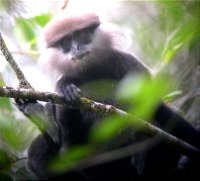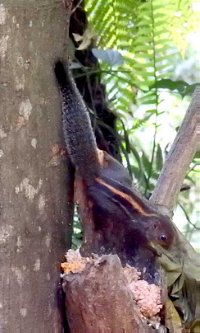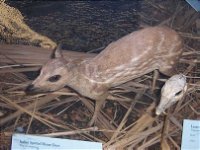
Only in Sri Lanka Trivia Quiz
Endemic Sri Lankan Animals
Sri Lanka has one of the world's highest rates of endemism, meaning that the animals living there are not found anywhere else. Can you identify these ten examples?
by looney_tunes.
Estimated time: 3 mins.
- Home
- »
- Quizzes
- »
- Animal Trivia
- »
- Animals by Region
- »
- Asia









